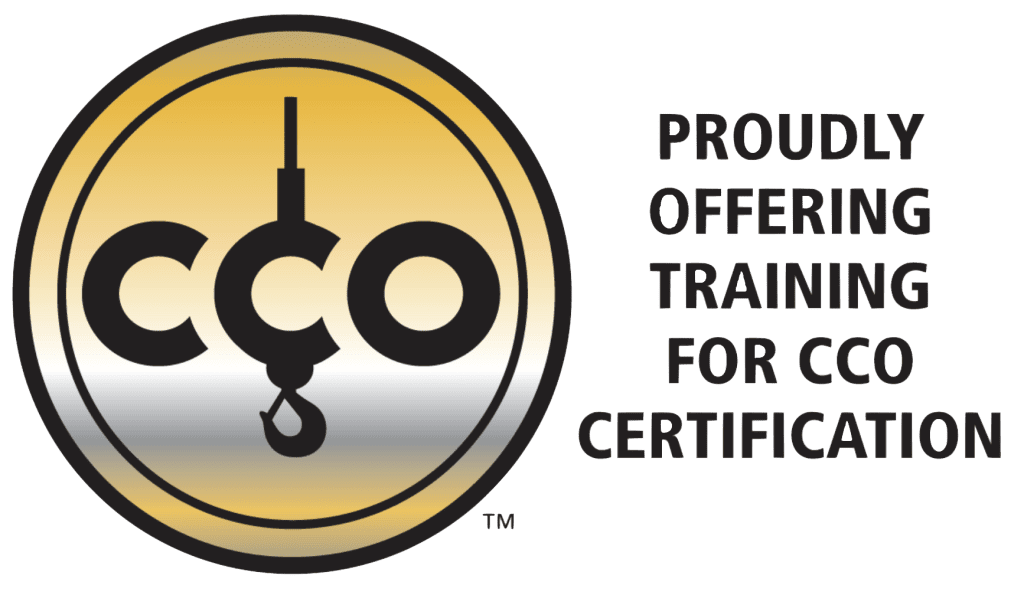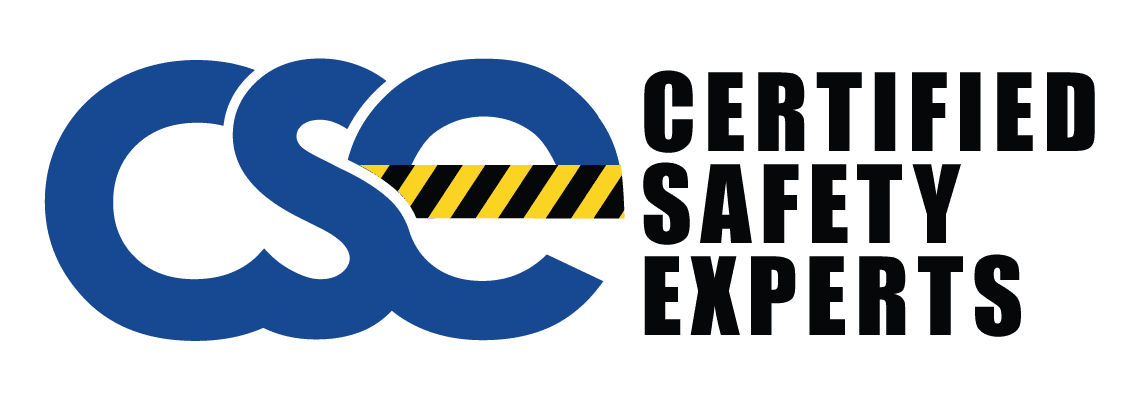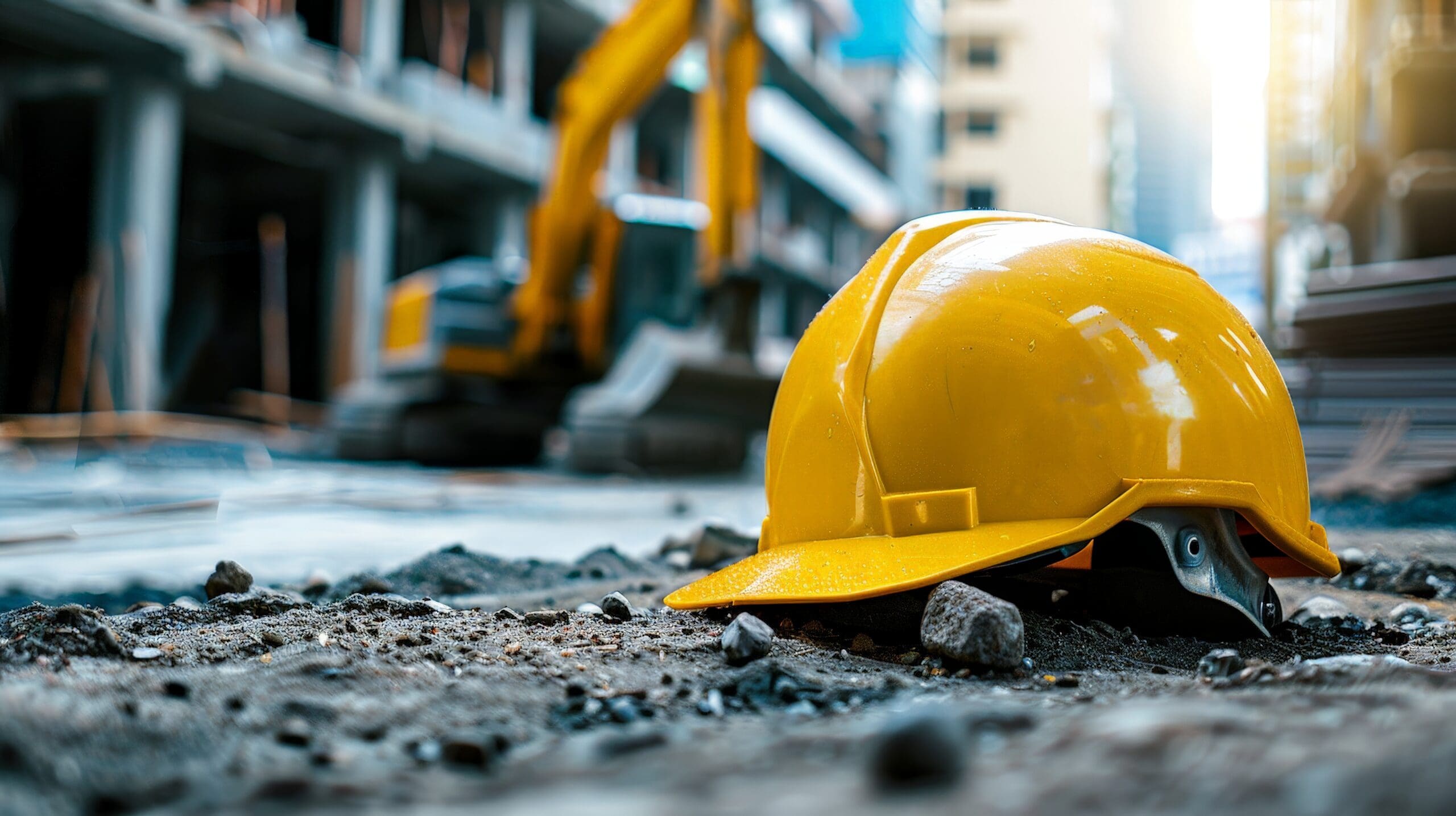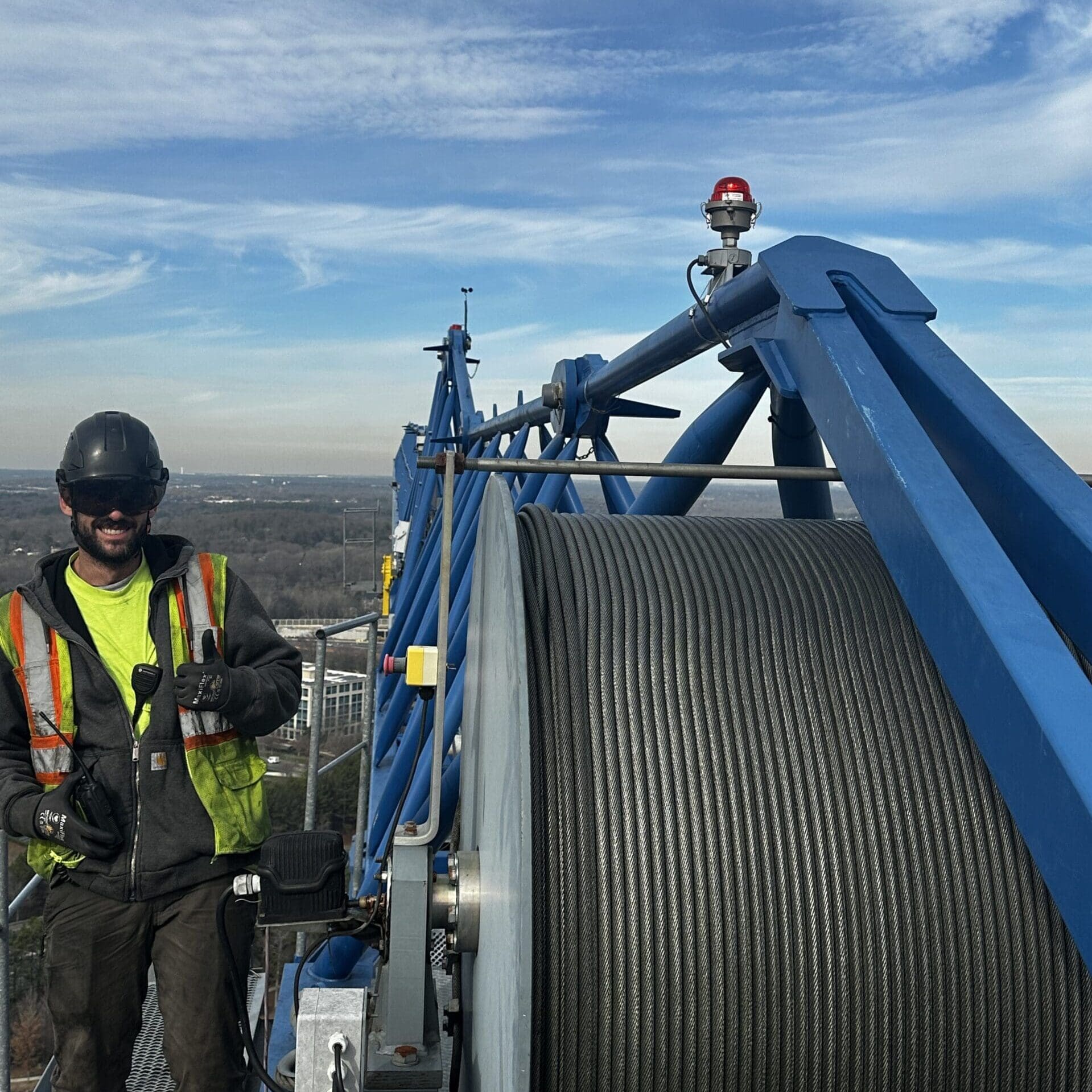When people think of construction site safety, images of hard hats, safety harnesses, and steel-toed boots often come to mind. While these protective measures are crucial, they are only the tip of the iceberg when it comes to ensuring a safe work environment. Many hidden dangers lurk on construction sites, and these can be just as hazardous, if not more so, than the obvious physical threats. A construction safety expert goes beyond the basics to identify and mitigate less common risks, including noise pollution, mental health concerns, and the impact of weather conditions.
The Role of a Construction Safety Expert
At Certified Safety Experts, the mission goes beyond ensuring that workers wear the right protective equipment. It’s about a comprehensive approach to safety, which includes identifying the unexpected and sometimes overlooked risks that can pose serious threats to workers’ health and well-being. A construction safety expert is trained to anticipate not just the obvious physical hazards but also those that might not be immediately visible, such as long-term exposure to high noise levels or mental health issues caused by the stressful nature of the work.
Let’s explore some of these unexpected safety hazards and how they can be managed effectively.
Noise Pollution: The Silent Menace
Construction sites are often loud environments, with heavy machinery, drills, and other equipment creating a cacophony of sound. While workers are usually equipped with ear protection, prolonged exposure to high noise levels can still result in significant damage to hearing over time. Hearing loss is a common issue among construction workers, but noise pollution can also lead to other health concerns, such as increased stress levels and fatigue.
A construction safety expert recognizes that controlling noise exposure requires more than handing out earplugs. It involves assessing the overall site layout, scheduling noisy tasks during less intense work hours, and rotating workers so that no one is exposed to loud environments for too long. Additionally, regular hearing tests and monitoring can help catch problems early before they become irreversible.
Mental Health: The Invisible Hazard
When people think of construction hazards, they typically focus on physical dangers like falling from heights or being struck by objects. However, mental health is an often-overlooked aspect of safety that can have serious consequences if not addressed. Construction work is inherently stressful, with tight deadlines, physically demanding tasks, and the constant need for attention to detail.
Certified Safety Experts emphasize the importance of mental health awareness in the workplace. A construction safety expert can introduce programs that promote mental wellness, such as offering support services, encouraging breaks, and fostering a culture where workers feel comfortable speaking up if they are feeling overwhelmed. Untreated mental health issues can lead to accidents, absenteeism, and long-term consequences for both employees and employers.
In recent years, there has been a growing recognition of the importance of mental health in construction. Stress, anxiety, and depression can be exacerbated by long hours, job insecurity, and the physical demands of the work. Moreover, mental fatigue can impair judgment and increase the likelihood of accidents. Addressing mental health as part of a broader safety strategy is essential for ensuring a well-rounded approach to worker well-being.
Weather Conditions: The Overlooked Factor
The weather is an unpredictable element that can dramatically affect the safety of a construction site. Extreme heat, freezing temperatures, rain, snow, and wind can all pose significant hazards. Heatstroke and dehydration are common risks during hot summer months, while frostbite and hypothermia are concerns in the winter. Wet conditions can lead to slippery surfaces, increasing the likelihood of falls.
A construction safety expert understands that preparing for adverse weather conditions requires proactive planning. This includes monitoring weather forecasts, adjusting work schedules to avoid the hottest or coldest parts of the day, and ensuring that workers have access to adequate hydration and shelter. Protective clothing, such as insulated or waterproof gear, should also be provided as necessary.
Beyond the immediate risks of temperature extremes, weather can also affect the integrity of the construction itself. Windy conditions can make it dangerous to operate cranes or lift heavy materials, while rain can weaken foundations or cause erosion. Certified Safety Experts work with site managers to create weather contingency plans that prioritize worker safety while minimizing disruptions to the project timeline.
Chemical Exposure: The Hidden Danger
While many construction workers are familiar with the risks of physical injuries, chemical exposure is another hidden hazard that can have long-term health consequences. Many construction materials, such as paints, solvents, and adhesives, contain harmful chemicals that can lead to respiratory problems, skin conditions, and even chronic illnesses like cancer.
A construction safety expert is well-versed in identifying hazardous substances and ensuring that workers are adequately protected. This includes providing proper ventilation, ensuring the correct use of personal protective equipment (PPE), and training workers on the safe handling and disposal of chemicals. Certified Safety Experts also conduct regular site audits to check for compliance with safety standards related to chemical exposure.
Ergonomic Hazards: The Strain of Repetitive Movements
Ergonomics might not be the first thing that comes to mind when thinking about construction safety, but repetitive movements, heavy lifting, and awkward postures can lead to musculoskeletal disorders (MSDs) over time. These conditions, including back injuries and joint pain, are common among construction workers who regularly handle heavy materials or operate machinery.
A construction safety expert can assess workstations and tools to ensure they are designed with ergonomics in mind. This might include adjusting the height of work surfaces, providing lifting aids, or implementing job rotation to reduce the strain on specific muscle groups. Ergonomic training is also key, as it teaches workers how to move safely and avoid injury.
The Psychological Impact of Site Layout
Site layout might seem like a straightforward aspect of construction, but poor planning can lead to psychological stress among workers. Crowded or disorganized work areas can cause confusion, frustration, and anxiety, all of which contribute to a higher risk of accidents. When workers are unable to move freely or have to navigate hazardous terrain, their focus shifts from completing the job to simply staying safe.
Certified Safety Experts emphasize the importance of well-organized sites. A construction safety expert will evaluate site layouts to ensure that there is adequate space for workers, clear pathways, and minimal obstacles. They also work with project managers to establish traffic management systems, reducing the risk of collisions between workers and vehicles or machinery.
Fatigue: The Silent Risk Factor
Fatigue is another often-overlooked safety hazard in construction. Long shifts, physically demanding work, and inadequate rest can all contribute to worker exhaustion. Fatigue not only affects physical performance but also impairs cognitive abilities, making workers more prone to mistakes and accidents.
A construction safety expert focuses on managing fatigue through proper scheduling, ensuring that workers have sufficient breaks and recovery time between shifts. Certified Safety Experts also encourage open communication, allowing workers to report if they are feeling fatigued or overwhelmed. Regular training on the signs and dangers of fatigue can help workers recognize when they need to take a break before it becomes a safety issue.
To learn more about how you can stay safe, go to Construction Safety Experts: Ensuring Workplace Safety.
Conclusion: The Importance of a Holistic Approach to Safety
Construction site safety is about much more than hard hats and harnesses. The hidden dangers—such as noise pollution, mental health challenges, and weather conditions—can be just as life-threatening as more visible hazards. Certified Safety Experts advocate for a comprehensive approach to safety, one that goes beyond the basics to address the full spectrum of risks that workers face.
By working with a construction safety expert, companies can ensure that their workers are protected not only from immediate physical dangers but also from the less obvious risks that can impact their health and well-being over time. Whether it’s managing noise levels, promoting mental health, or planning for adverse weather, Certified Safety Experts provide the expertise needed to create a truly safe working environment. Call them today!




